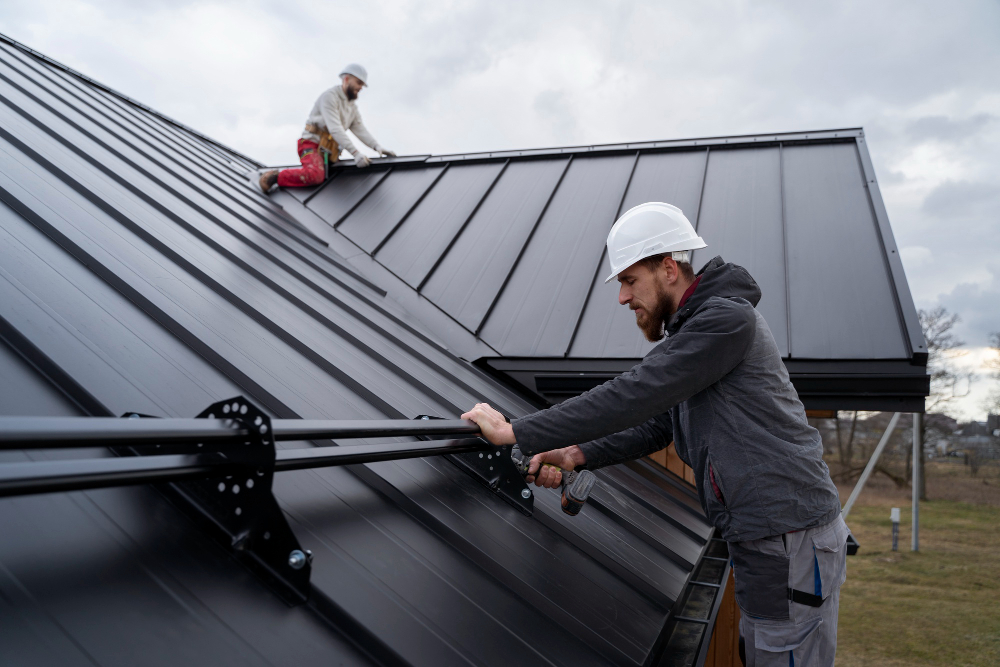It's essential to be proactive when it comes to your roofing. In addition to saving you money in the long run, this will protect your home from damage. To help you identify when it's time to replace your roof, this blog highlights five signs that your roof needs to be replaced. These signs will let you know that it's time to make some changes, from water damage and mold growth to sagging and attic leaks. So act now and save both your home and your wallet!
Water damage
The symptoms of water damage are often misunderstood as something else. For example, if you see any wet patches in your room's upper levels, you might be forgiven for thinking you had moisture. Watermarks and mildew can also be linked to rain coming in via the window, but don't be too sure. While your conclusions may be right, these signs may suggest that you need to replace or repair your roof. Even minor watermarks and mildew might indicate that water has invaded your roof or that it has a fracture or split. Examine your roof for evidence of water damage. Don't wait for further damage to occur; doing so might be costly and need the replacement of your whole roof.
Mold and moss growth
Moss and mold are other elements to look out for. If mold and moss have developed outside your roof, the tiles may push apart, producing a space that allows water to enter. Therefore, it's best to examine your rooftop for any tiles showing rotting, moss, or mildew. It's crucial to address this as quickly as possible; otherwise, fungi and microorganisms may grow and increase water damage to your roof. A roof replacement may be necessary if you discover many troublesome rotten places.
Aging roof
Tiles and shingles are among the most common materials used to construct roofs. Your roof's age will determine the materials used, how it was constructed, and how you maintain it. It also depends on whether a home has a single layer of shingles or numerous layers. If your roof has multiple layers of shingles and has been in place for 20 years or more, it may be time to replace it. Professional roofers and experts believe that if your roof is 15 years or older, it may be time to have a professional inspect it due to the various weather extremes that will eventually wear it down.
Attic leaks
If you find water inside your home, you should inspect your roof. Penetration can be indicated by dark streaks or other leaks in the attic; you may notice circular stains on your walls or ceiling, a dripping sound within walls, or flat surfaces boiling or burning. These are signs that water has entered your attic. Attic leaks typically occur due to missing tiles or faulty seals behind your chimney's flashing. Another risk of leaks is a complicated roofline or poorly constructed roofing. You can address this problem by checking in with a contractor and flashing replacement of the roofing.
Sagging
The peak of your roof should be straight and parallel to the ridge. If your roof has a saddleback or droop in the center, it might be a symptom of structural problems and could cause your roof to collapse if not caught and fixed promptly. Roofing drooping can be caused by repeated exposure to humidity and large amounts of water, defective roofing materials, incorrect constructions despite high-quality roofing materials, and icy conditions in countries with a significant amount of weight on the roof. To lessen the probability of sagging, drain your roof of rain and ensure that your roofing components are of high quality and properly installed. This can be done with the help of a professional.
Roofing replacement is a necessary precaution to prevent water intrusion, sagging or drooping of your roof. A professional inspection can help identify and correct any issues before they cause further damage.

